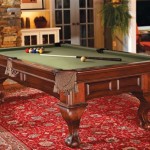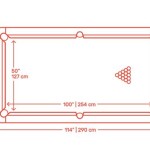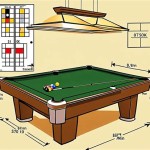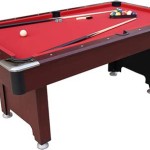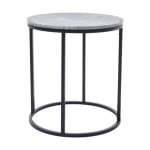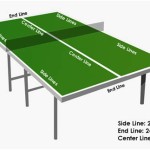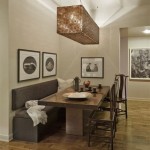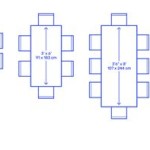Bevel Up or Down: A Guide to Glass Tabletop Styles
Glass tabletops offer a sleek and modern touch to any furniture piece. However, the choice between beveling the edge of the glass up or down can significantly impact the overall aesthetic and functionality of the table. Understanding the nuances of each style can help you make an informed decision that complements your design preferences and practical needs.
Bevel Up: A Refined and Elegant Appeal
A bevel up design features the edge of the glass angled upwards, creating a subtle and refined appearance. This style is particularly popular for formal dining tables and coffee tables, as it exudes an air of sophistication and elegance. The upward angle of the bevel catches the light, adding a touch of shimmer and sparkle to the table's surface.
The bevel up style also offers several practical benefits. The angled edge prevents sharp edges, making the table safer for children and pets. Additionally, the upward angle helps to contain spills and debris, keeping the table cleaner and easier to maintain. This design is also more resistant to chipping and damage, as the bevel protects the delicate edge of the glass.
Bevel Down: A Contemporary and Functional Option
A bevel down design features the edge of the glass angled downwards, creating a more contemporary and minimalist aesthetic. This style is often favored for modern dining tables and desks, as it provides a clean and uncluttered look. The downward angle can create an illusion of space, making the table appear larger and more inviting.
While bevel down designs may not offer the same level of spill containment as bevel up, they are still practical for everyday use. The downward angle can actually make it easier to slide objects across the table surface, which is especially useful for dining tables or desks where you might be moving plates or documents. Bevel down designs are also generally more affordable than bevel up options, as they require less intricate craftsmanship.
Considerations for Your Choice
The decision of whether to choose a bevel up or bevel down design depends on several factors:
Aesthetic Preferences:
Bevel up designs create a more formal and traditional look, while bevel down designs offer a contemporary and minimalist aesthetic. Consider the overall style of your furniture and the ambiance you want to create in your space.
Functionality:
Bevel up designs offer better spill containment and edge protection, while bevel down designs are more practical for sliding objects across the table. Consider the intended use of the table and the level of functionality you require.
Budget:
Bevel up designs are generally more expensive than bevel down designs due to the added complexity of the craftsmanship. Consider your budget and prioritize the features that are most important to you.
Ultimately, the best choice for your glass table top design will depend on your unique preferences and needs. By carefully considering the aesthetic, functional, and budgetary aspects of each style, you can make an informed decision that results in a beautiful and practical table that complements your lifestyle.

Glass Table Tops A Complete Guide

Glass Tabletops Custom Shelving Doctor Of New Braunfels

Glass Table Top 66 Inch Round Beveled Edge Tempered

Glass Table Top 66 Inch Round Beveled Edge Tempered

Glass Table Top 22 Inch Round Beveled Edge Tempered

Glass Table Top 20 Inch Round Beveled Edge Tempered

Fab Glass And Mirror 24 In X 48 Clear Rectangle Table Top 1 2 Thick Beveled Edge Polished Tempered Radius Corners 24x48rect12thbe The Home Depot

Glass Table Bevel Up Or Down

66 Round Glass Table Tops

64 Inch Round Tempered Glass Table Top 1 2 Thick Beveled Polish
Related Posts

